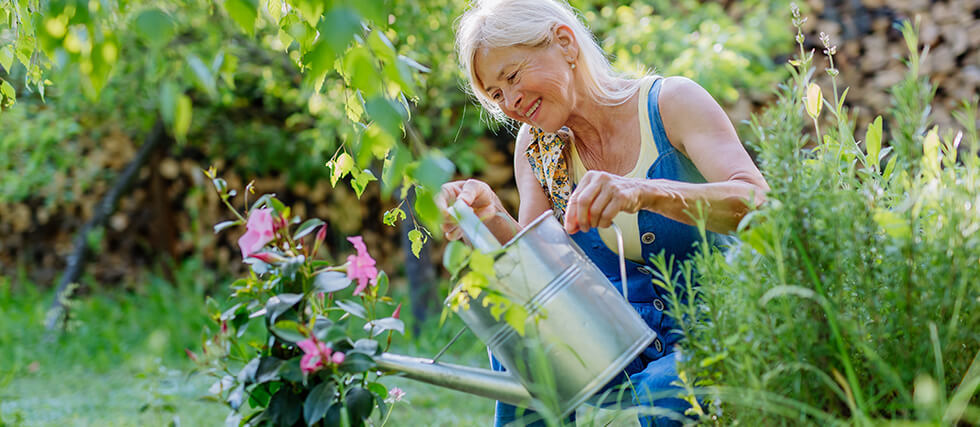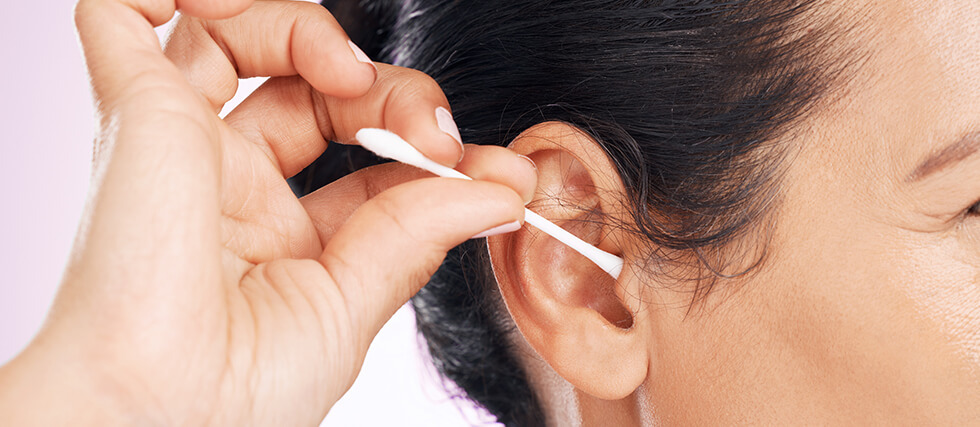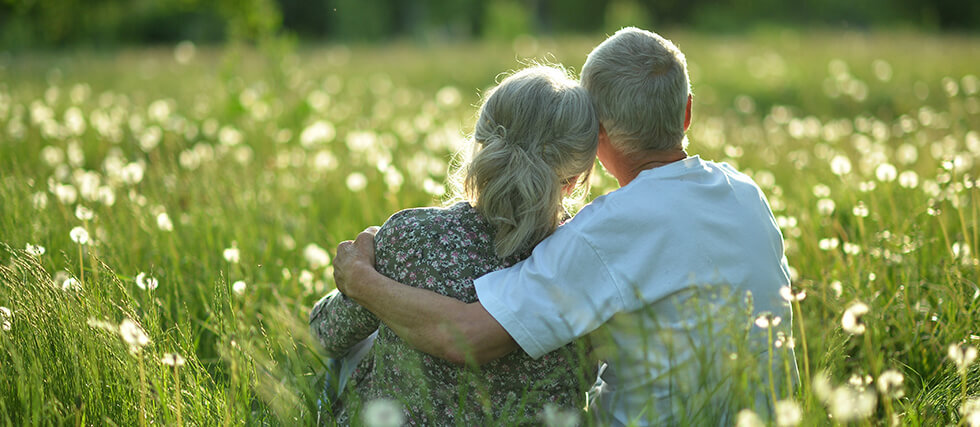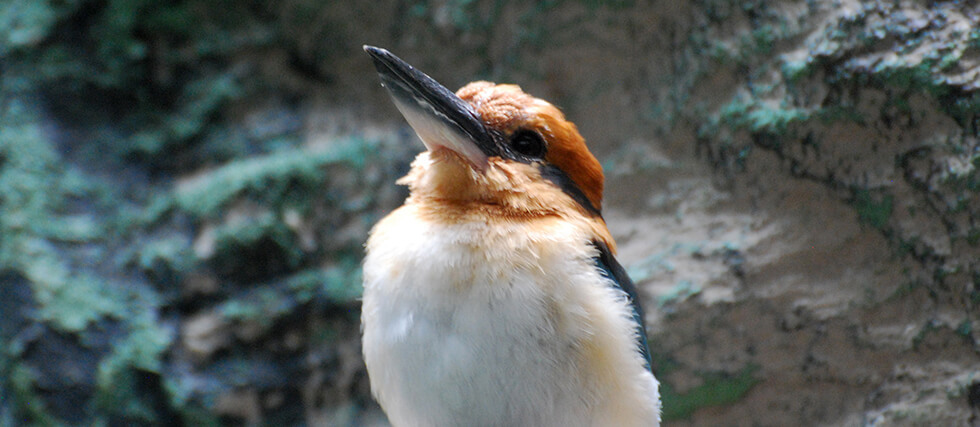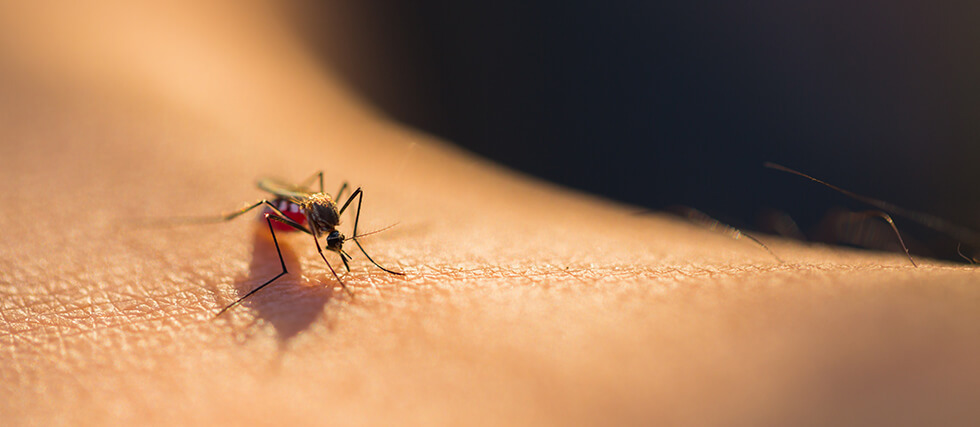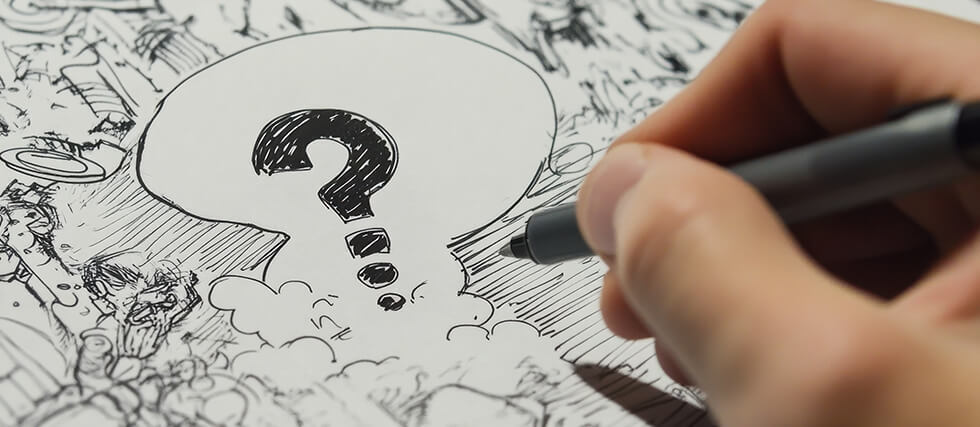Unlock Your Brain’s Potential: Create a Personalized Dopamine Menu
Boosting dopamine levels naturally can enhance motivation, focus, and overall well-being. Dopamine, a crucial neurotransmitter, regulates pleasure, motivation, and cognitive function. When levels are low, we may feel sluggish, unmotivated, or even depressed. Developing a personalized “dopamenu” can be a practical strategy to keep dopamine levels balanced and improve daily functioning.
Here’s how you can create one and why it’s beneficial.
Why Boost Dopamine?
Dopamine plays a key role in mental and physical health, affecting mood, motivation, and decision-making. Low dopamine levels can contribute to conditions such as ADHD, depression, and seasonal affective disorder. By actively engaging in activities that stimulate dopamine production, we can enhance our ability to stay focused, motivated, and emotionally balanced.
How to Create a Dopamenu
- Plan Ahead – Make your dopamenu before you need it. Just like meal planning, having a list of dopamine-boosting activities ensures you have go-to options when feeling unmotivated.
- Choose Meaningful Activities – Select activities that genuinely resonate with you, such as exercise, social interaction, creative hobbies, or mindfulness.
- Use a Menu Format – Structure your menu with quick options (like a short walk), deeper engagement (such as a hobby), and occasional indulgences (like watching a favorite movie).
- Experiment with Timing – Test different activities at various times of the day to find what works best for you.
- Track Patterns – Recognize which activities provide the best boost and adjust your dopamenu accordingly.
By intentionally incorporating dopamine-boosting habits, you can maintain energy, improve focus, and enhance overall well-being.


